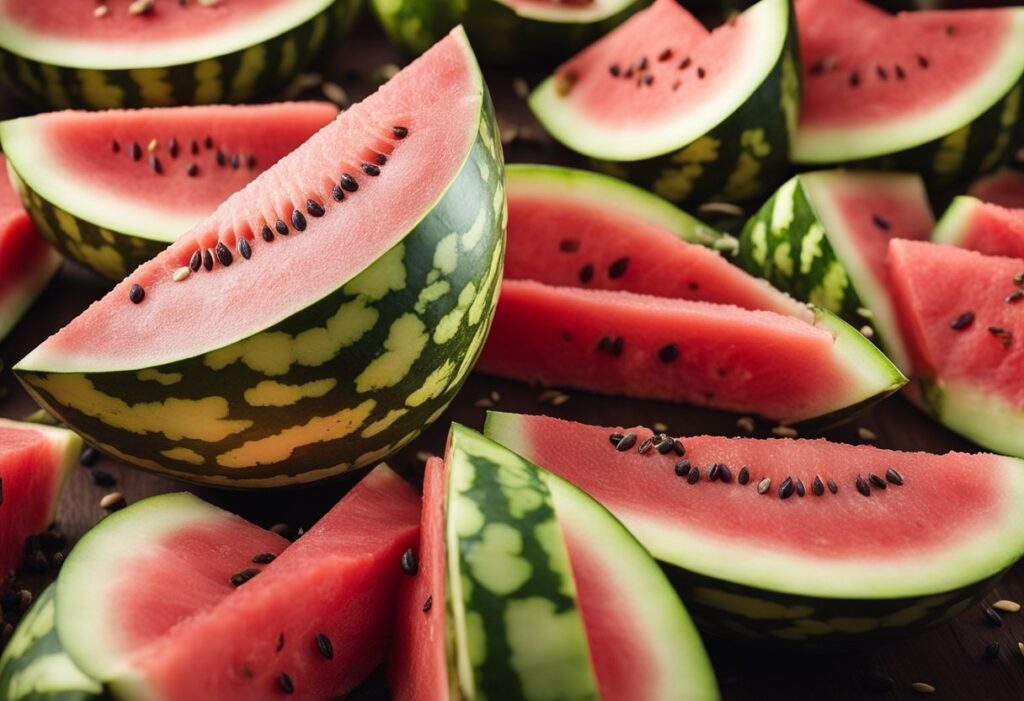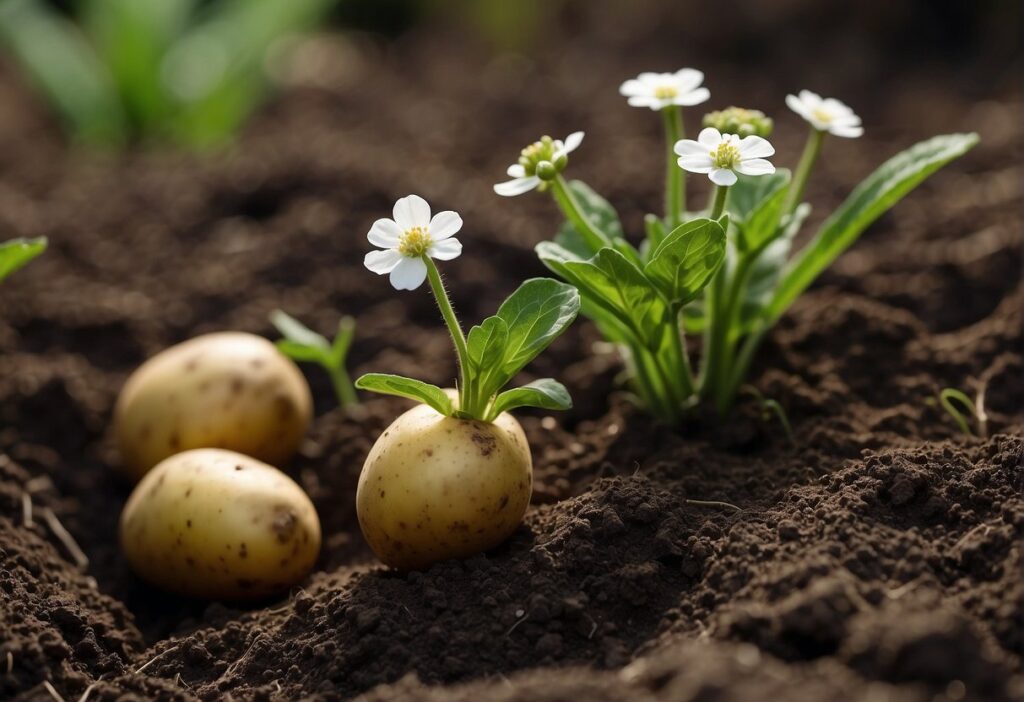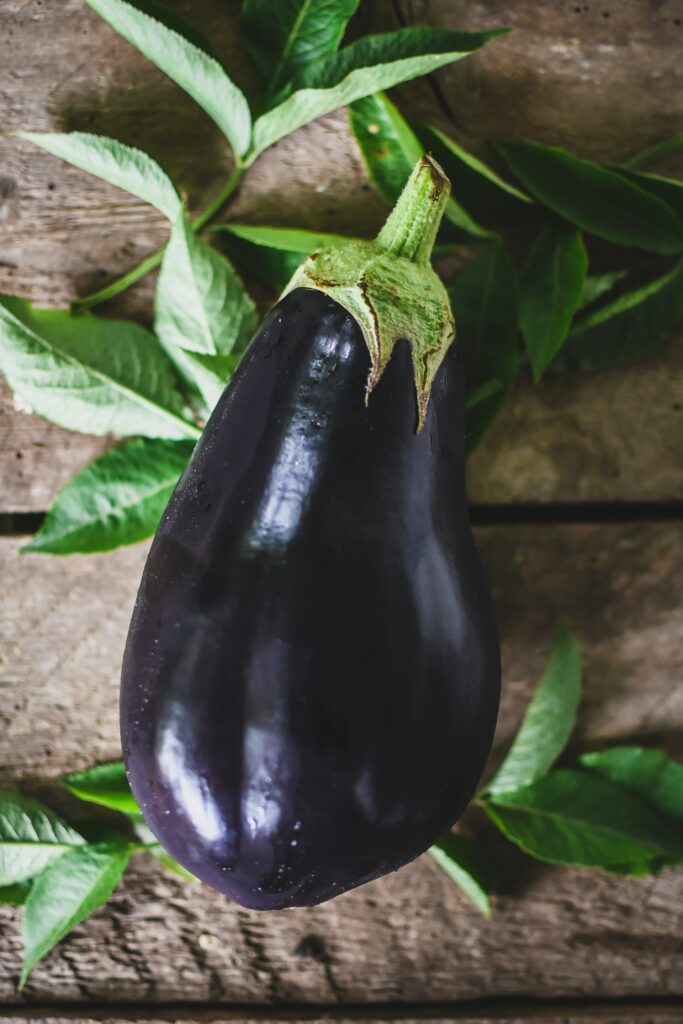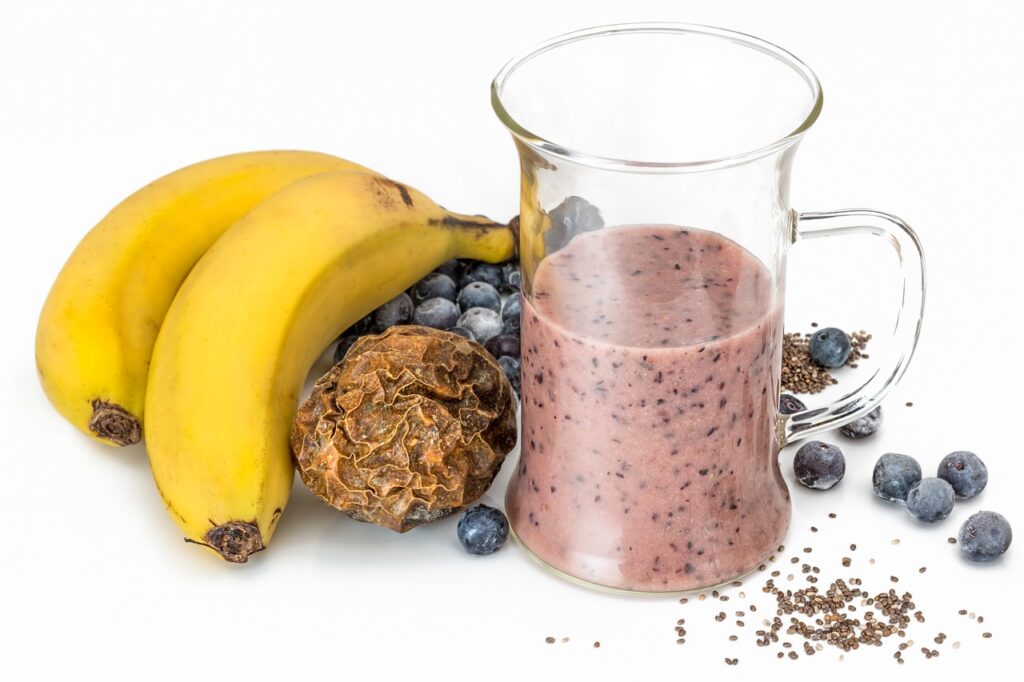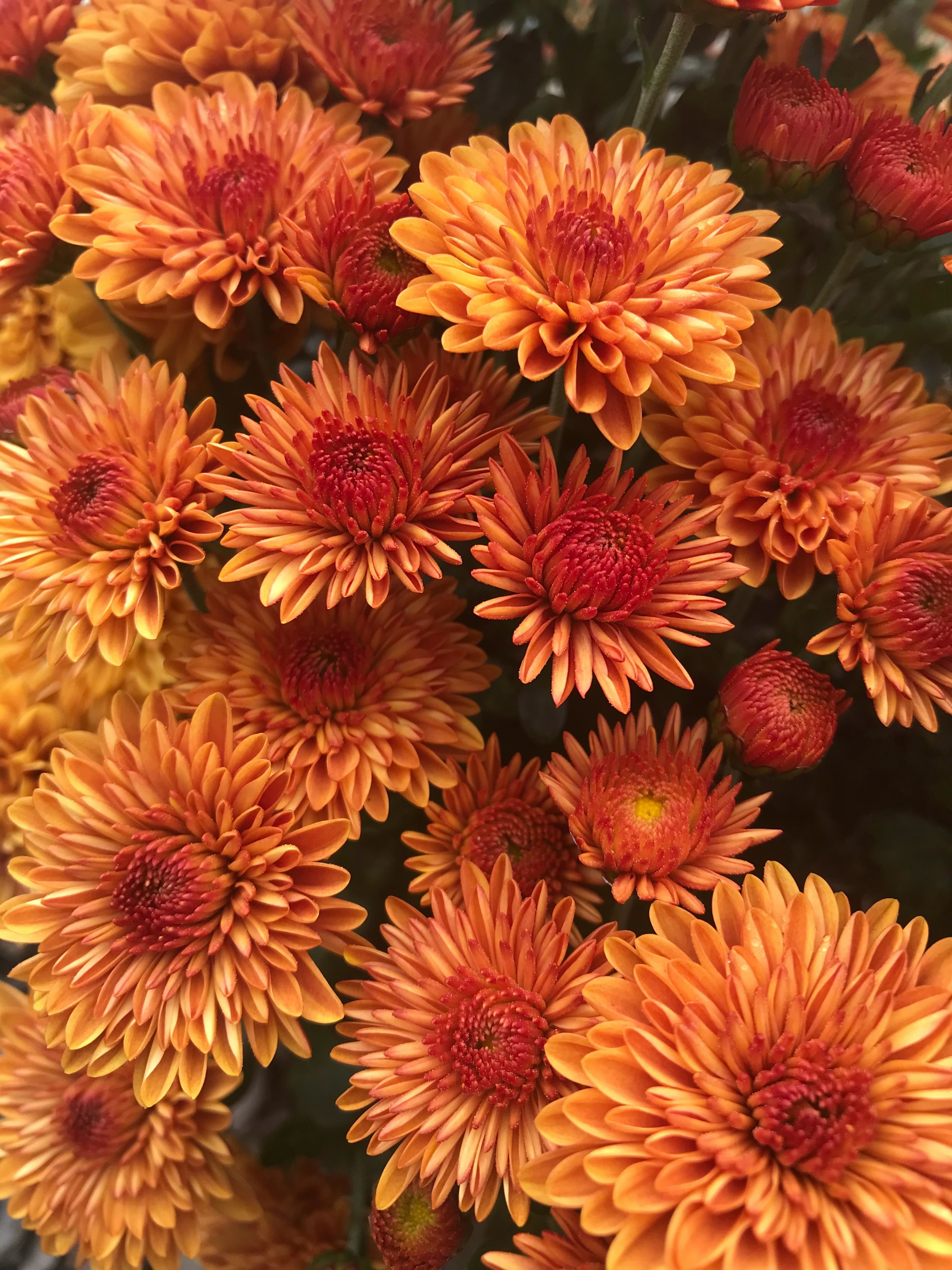
Chrysanthemums, or mums as they are affectionately called, are the quintessential fall flowers, bursting with vibrant hues that promise to keep your garden alive with color as the temperatures begin to dip. But can these popular blooms withstand the chill of early frosts? This article delves into the survival tactics of mums during freezing temperatures, offering tips and insights on how to protect your mums and ensure they last through the cold winter months. Whether you’re a seasoned gardener or a curious plant lover, this post is packed with valuable information that will help you keep your mums thriving.
What Makes Mums a Popular Choice for Fall?
Mums are a popular choice for fall due to their ability to bloom in a variety of colors, adding beauty to any garden. These flowers are known for their hardiness and can often survive a light frost, making them ideal for gardeners who want to enjoy blooms late into the season. Mums can also be found in a range of sizes and can be used as potted plants or planted in the ground, offering versatility for different garden designs and fall displays.
How Hardy Are Mums in Cold Temperatures?
Mums are hardy flowers that can often withstand cold temperatures. It’s important to note, however, that their level of hardiness can vary depending on the specific variety of chrysanthemum. Some mums are perennial, able to survive winter and return back in the spring, while others, like florist mums, are less tolerant to cold and may not survive harsh winter temperatures without proper care and attention.
Can Mums Survive Frost and Freeze?
The question of whether mums can survive frost and freeze is a common concern for garden enthusiasts as winter approaches. The truth is, mums can survive frost, especially if it’s a light one. Hardy varieties of mums are able to withstand a range of temperatures and can survive even when the temperature drops to 50 degrees Fahrenheit. However, a hard freeze can be more challenging. To ensure the survival of your mums, it’s crucial to understand the difference between a light frost and a hard freeze and prepare accordingly.
What Are the Best Ways to Protect Your Mums from Frost?
To protect your mums from frost, there are several effective strategies you can employ. One key method is to cover the plants with a protective material to protect them from the cold. This could be anything from a commercial frost cloth to a simple old bedsheet. The idea is to trap heat from the soil around the plant, keeping the temperature slightly higher throughout the night. Another approach is to lay a layer of mulch around the base of the plant to protect the roots and help retain moisture, which can be crucial for the plant’s survival throughout the winter.
When Should You Plant Mums for Optimal Winter Survival?
For mums to have the best chance of surviving winter, it’s best to plant them in the ground well before the first frost of the season. Planting mums in the early fall allows them to establish their root systems, making them more likely to survive in temperatures that dip below freezing. When mums are planted in the fall and given time to settle in, they are better prepared to withstand cold winter temperatures.
How Do You Overwinter Mums in the Ground?
Overwintering mums in the ground is a process that helps ensure their survival during cold winter months. As temperatures are expected to plummet, it’s essential to prepare your garden mums by adding a thick layer of mulch to protect the roots from freezing. This mulch acts as an insulating blanket, keeping the soil temperature more consistent and shielding the plant from the harsh elements. Additionally, it’s often advised to cut them back after they finish blooming to help direct the plant’s energy towards root and foliage development, which is critical for winter survival.
Can Potted Mums Survive the Winter Indoors?
Potted mums can indeed survive the winter indoors, provided they receive the right care. It’s crucial to move the mums indoors before the first hard frost hits. Once inside, keep the soil moist and ensure the plant gets at least six hours of direct sunlight per day. Mums indoors need a cool environment to mimic the outdoor conditions they thrive in, so a sunny, cool room is ideal. Additionally, it’s important to keep an eye out for any dead or damaged foliage and remove it promptly to promote healthy growth.
What Should You Do with Mums After the First Frost?
After the first frost, you might notice that the blooms and foliage on your mums look a bit wilted or blackened; this is a normal response to the cold. At this point, you have a couple of options. You can prune the dead or damaged parts to clean up the plant, or if the plant has been severely affected, you can cut it back to just above ground level. This will help to encourage new growth back in the spring. Remember to add a protective layer of mulch if you haven’t done so already to protect the roots from further frost damage.
How to Prune and Care for Mums Post-Frost?
Pruning mums after frost is an essential step in their care. You should prune back the dead blooms and any damaged foliage to prevent disease and promote new growth. It’s best to prune mums back in early June to encourage a bushier plant and more blooms in the fall. Throughout the growing season, fertilize your mums and keep the soil moist to ensure they remain healthy and robust enough to withstand the next winter.
Tips to Keep Mums Alive and Blooming Through the Seasons
Keeping mums alive and blooming through the seasons requires some planning and care. Here are some tips to help:
- Plant mums in a sunny spot: Mums need at least six hours of direct sunlight to thrive.
- Water regularly: Keep the soil moist but not waterlogged to promote healthy root growth.
- Fertilize: Feed your mums with a balanced fertilizer to encourage blooms.
- Mulch: A layer of mulch helps retain moisture and protect the roots from extreme temperatures.
- Deadhead: Remove spent blooms to encourage the plant to produce new buds.
- Take cuttings: If you want to propagate your mums, take cuttings in the spring to grow new plants.
- Protect from frost: As cool temperatures approach, cover your mums or move potted plants indoors to shield them from frost.
- Prune: After blooming, prune your mums to encourage dense growth and prepare them for the next season.
- Overwinter properly: For mums in the ground, cut back the stems to about 1-2 inches above the soil after the foliage has died back, and apply a thick layer of mulch. For potted mums, move the plant indoors or to a sheltered area if severe frost or a hard freeze is expected.
- Monitor for pests and diseases: Keep an eye out for any signs of pests or diseases throughout the growing season and address them promptly to maintain the health of your mums.
- Divide when necessary: If your mums become too crowded, divide them in the spring to promote better air circulation and growth.
- Adjust care with the seasons: As the weather changes, so should your care for mums. Be more attentive during dry spells in the summer and when transitioning them for winter survival.
In Summary
- Mums can survive frost, especially hardy varieties, but may struggle with hard freezes.
- Protect mums from frost by covering them and using mulch to insulate the roots.
- Plant mums in early fall to ensure they are well-established before winter.
- Overwinter mums in the ground with proper mulching and pruning.
- Potted mums can survive indoors during the winter with adequate light and moisture.
- After the first frost, prune dead foliage and protect mums from further cold damage.
- Regular care, including fertilizing, watering, and deadheading, is essential for mums’ health.
- Take steps to overwinter mums properly to enjoy their blooms year after year.
By following these tips and understanding the needs of your mums, you can help ensure that these beloved fall flowers not only survive but thrive through frost and into the next growing season. With a little preparation and the right care, your mums can continue to add color and beauty to your garden even as the temperatures drop.

